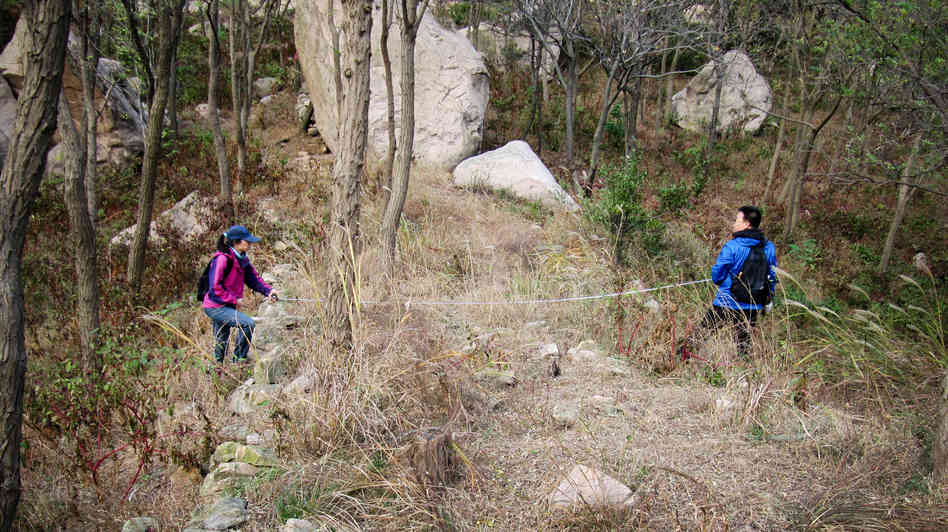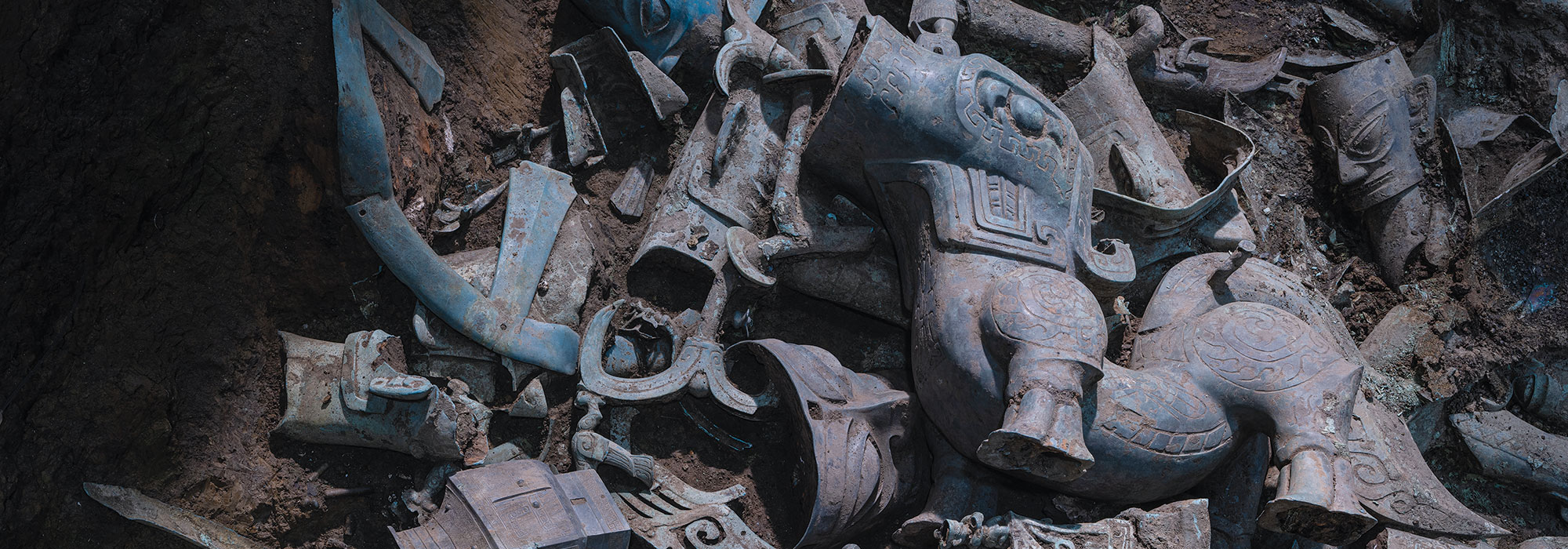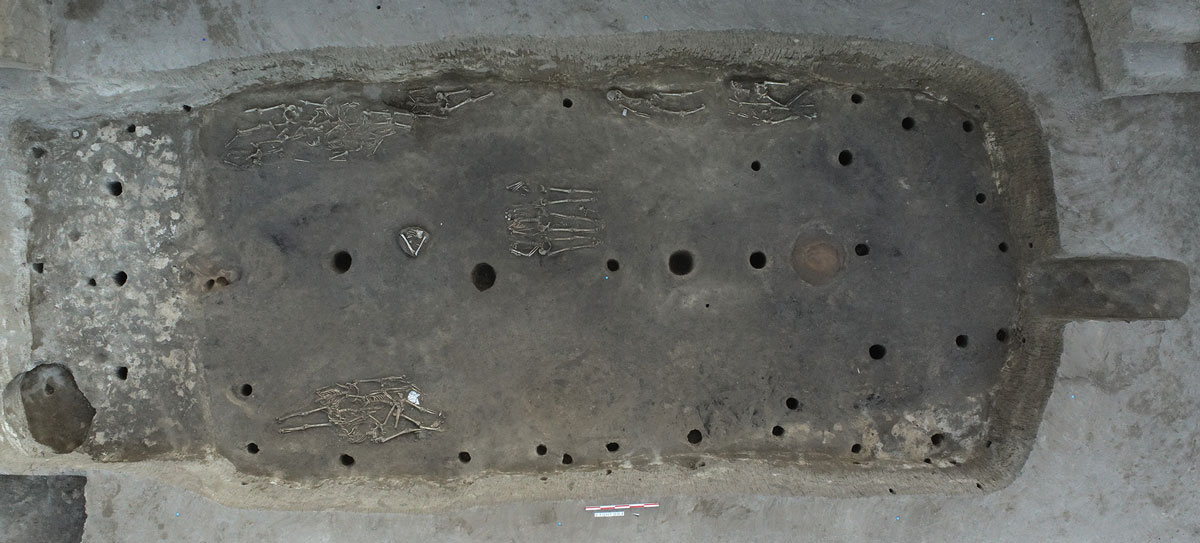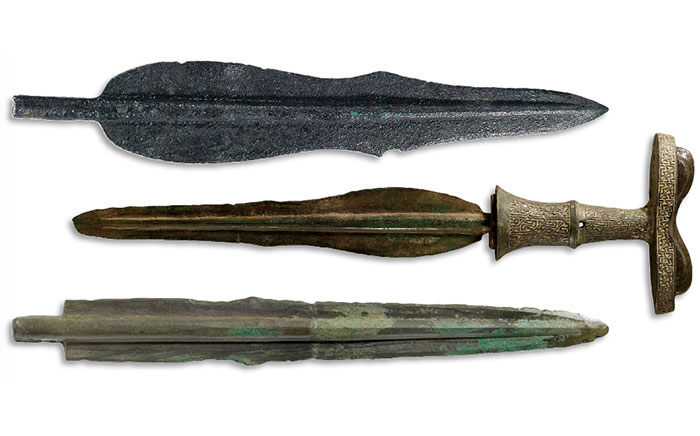
BEIJING, CHINA—In eastern China's Shandong Province, Field Museum of Chicago archaeologist Gary Feinman has discovered remains of an extensive earthen wall dating to 500 B.C. Predating the Great Wall of China by 300 years, the fortification stands 15 feet high in some places and may run for several hundred miles. Unlike its more famous counterpart, the wall was not built to defend the Chinese against marauding nomads, but marked the border between warring dynastic states. Constructed by the leaders of the Qi Dynasty, one of whom, Qin Shi Huang, would eventually unite the states as one nation, the wall is so sturdy that even today people use stretches of it as the base of a dirt road that connects rural communities.









